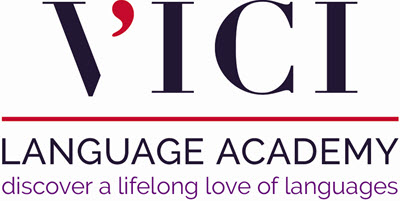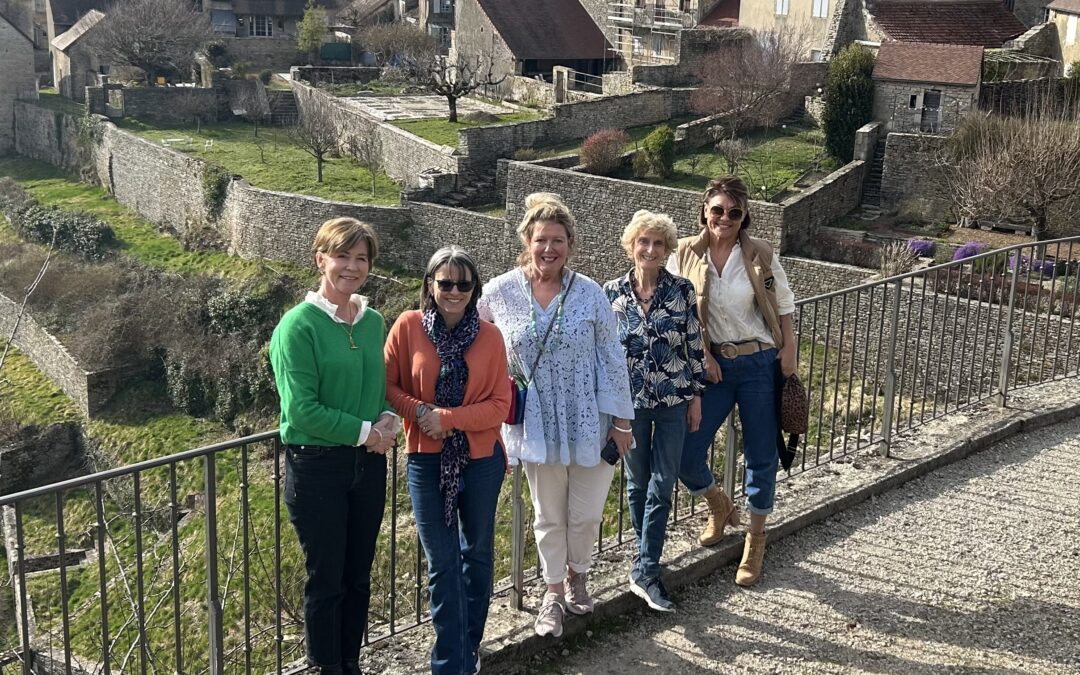Today, I had a truly inspiring conversation with a lady who is considering joining one of our immersive language experiences in Florence with her husband next year. She’s been learning Italian for the past three years through more traditional channels and now feels the time has come to put her knowledge into practice — to step out of the classroom and into real-life conversations.
She shared her desire to finally feel the language. To walk the streets of Italy and think, “I can do this”. Not just in theory, but in the dynamic unpredictability of real life. That moment when your learning becomes living is powerful — and it’s at the heart of what immersion offers.
Interestingly, I also came across a post today on social media from someone who had moved to Hungary with the goal of learning Hungarian purely through immersion. After three months of complete dedication — no headphones, Hungarian TV on repeat, constant language exchanges — her progress was minimal. She realised that immersion alone, without a framework or prior foundation, wasn’t enough.
This made me reflect on a conversation I’ve had with hundreds of learners over the last two decades:
immersion is not a magic wand. And assuming it is, can lead to deep frustration.
So, does immersion work?
Yes — immersion can be transformative.
I’ve experienced it myself. I went from being a diligent student in a French lycée to becoming fluent in English through extended stays in the US and eventually living in the UK. But what people often overlook is that before I ever set foot in America, I had spent seven years learning English in a structured, classroom environment. I had grammar, vocabulary, exam practice, and a strong foundation.
Immersion didn’t teach me English from scratch — it brought my existing skills to life
The illusion of “learning by osmosis”
At The VICI Language Academy in Newbury (and now Windsor!), we meet people every week who’ve lived in the UK for years — 6, 7, even 8 — and still struggle to hold a full conversation in English. Why?
Because they never received structured instruction.
They arrived with little to no English, stayed within their community, and often worked in environments where English wasn’t essential. The result: minimal progress, and a lack of confidence that lingers for years.
This is incredibly common — and it proves that being surrounded by a language isn’t the same as learning it.
What the research (and real life) tells us
Linguistically, we know that effective language acquisition depends on input, output, and interaction. Immersion provides an abundance of input, and ideally, a real need for output. But without scaffolding — a way to organise and make sense of what you’re hearing — the brain can struggle, especially with languages that differ significantly from those you already know.
So yes, immersion clearly works — but only when the brain can make sense of what it’s receiving. The Communicative Language Teaching (CLT) approach and task-based learning methods both highlight that learners progress most when they can attach meaning and context to what they’re absorbing.
In a fully immersive environment without any structure, that connection is often lost.
The brain becomes overwhelmed by too much unfiltered input, and instead of accelerating learning, it can lead to confusion or even a sense of failure — especially for adults, whose cognitive and emotional processing needs are very different from those of children.
The power of guided immersion
This is exactly why all of our immersion programmes — whether they’re in Florence, Spain, France or the UK — include structured classes, guided conversations, and intentional activities. We don’t just drop learners into a new environment and hope for the best. We design experiences that bridge the gap between theoretical knowledge and practical fluency.
It’s why the lady I spoke to today, despite learning Italian for three years, still feels the need for real-life reinforcement.
It’s also why I believe so strongly in supported immersion as the most powerful tool for language acquisition.
Immersion works when it’s intentional
So yes — immersion works. I have no doubt about that.
I’ve seen it, I’ve lived it, I’ve built a career around it. But it only works when it’s intentional, structured, and tailored to the learner’s level and needs.
To those dreaming of learning a language by simply moving abroad, I say: go for it — but take your toolkit with you. Build the foundation, seek support, and create space for structured learning within the adventure.
Because language learning isn’t magic. But when done right, it’s truly magical.
A heartfelt thank you to Rebecca, Lisa, Jo and Hazel for the lovely photo taken in one of the most beautiful French villages — Château-Chalon — during our last French Ladies’ Retreat in October. What a special moment in a truly magical setting!

